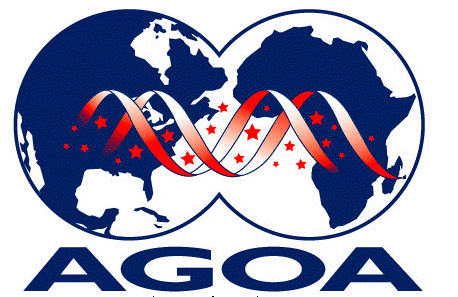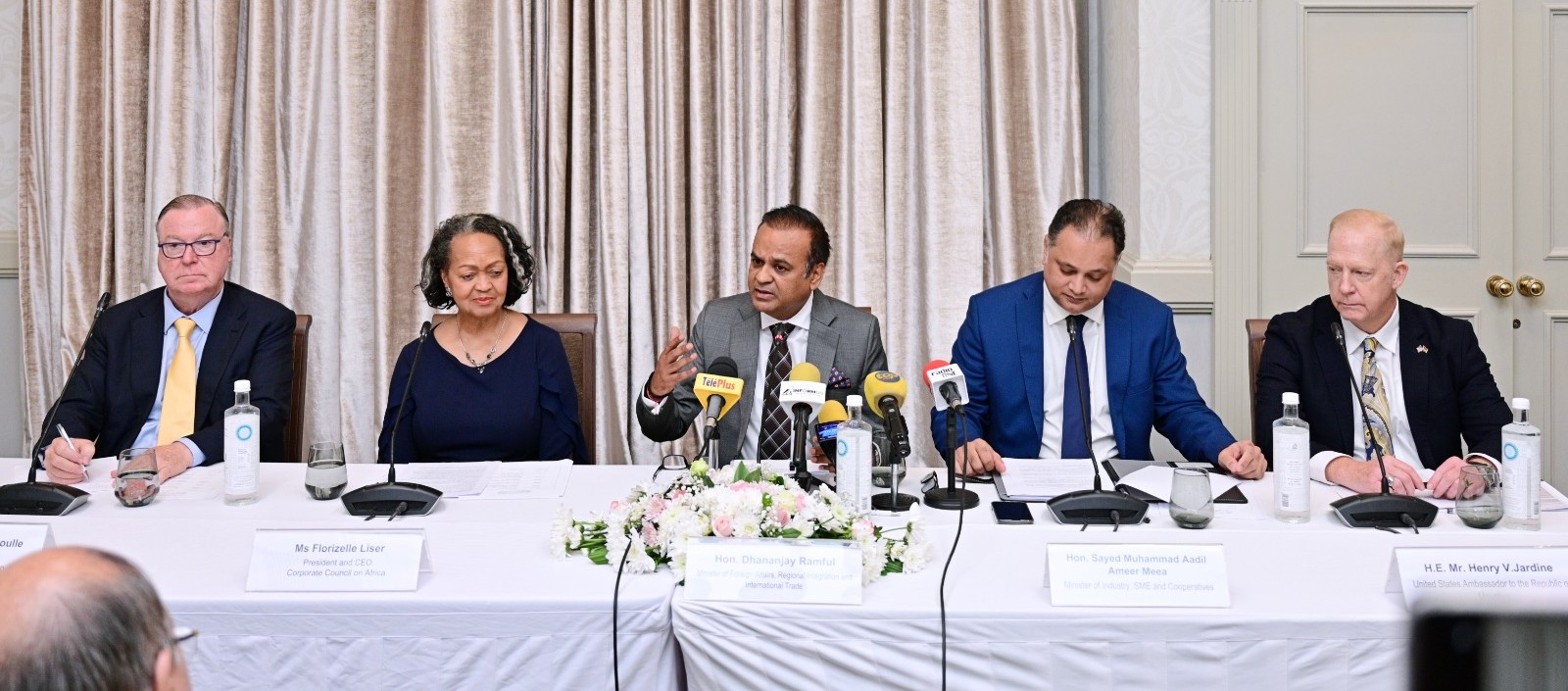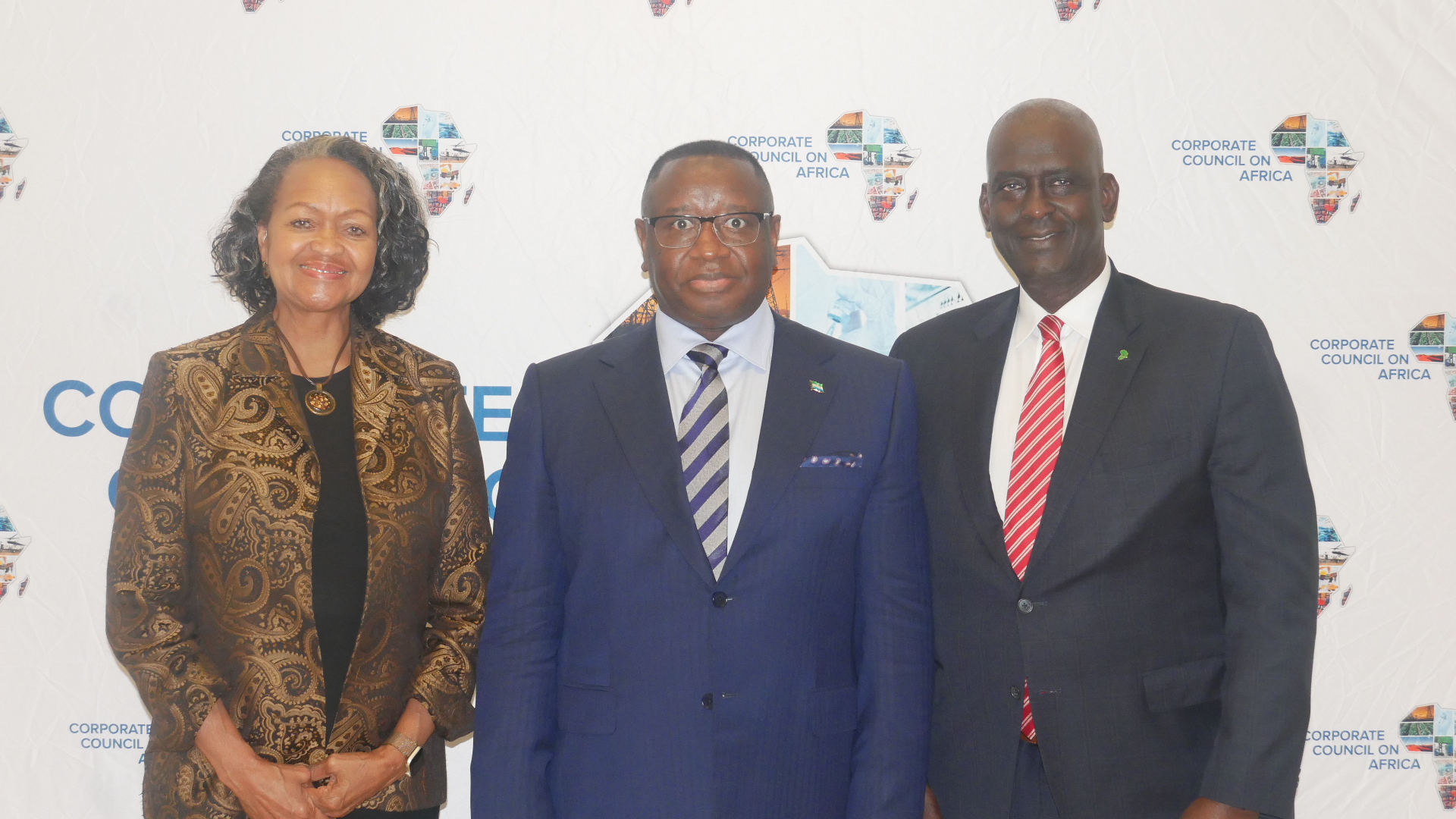Overview of the WTO’s Trade Facilitation Agreement
On Monday, July 31, 2017, Corporate Council on Africa held a working group focused on the World Trade Organization’s (WTO) Trade Facilitation Agreement (TFA) with Christina Kopitopoulos, USTR Director for Customs and Trade Affairs, WTO and Multilateral Affairs, United States Trade Representative. The TFA agreement entered into force on February 22, 2017. Ms. Kopitopoulos discussed the background of the FTA agreement and how all WTO member countries could implement and benefit from the Agreement.The TFA, the WTO’s first multilateral agreement in its 21-year history, is broken down into three sections. Section I deals with the transportation of goods, including goods in transit and clarifying Articles V, VIII, and X of the 1994 General Agreement on Tariffs and Trade (GATT) dealing with customs procedures. Sections II and III allow for countries to implement the agreement at a pace that is appropriate to their level of development, and establish a permanent committee on trade facilitation at the WTO. Section II focuses on special and differential treatment (SDT). Countries can separate their commitments into Category A, B and C to denote commitments they will implement by the time the agreement enters into force, commitments that entail a transition period, and commitments that will need a transition period and capacity building assistance, respectively.To ensure that the TFA meets the needs of the various parties involved, the agreement defines requirements for National Trade Facilitation Bodies (NTFBs) and Advanced Rulings. Additionally, the agreement establishes the TFA Facility and the Global Alliance for Trade Facilitation. NTFBs oversee the implementation of the TFA while Advanced Rulings make it possible for traders to know how goods are classified prior to them being transported. The TFA Facility helps developing and least developed country members create notifications, and provides capacity building and implementation assistance from regional and multilateral agencies. Finally, the Global Alliance for Trade Facilitation is a public-private platform focused on utilizing businesses to support trade facilitation.In an effort to help boost confidence in the TFA, the United States has prioritized transparency in its notification and implementation process.



